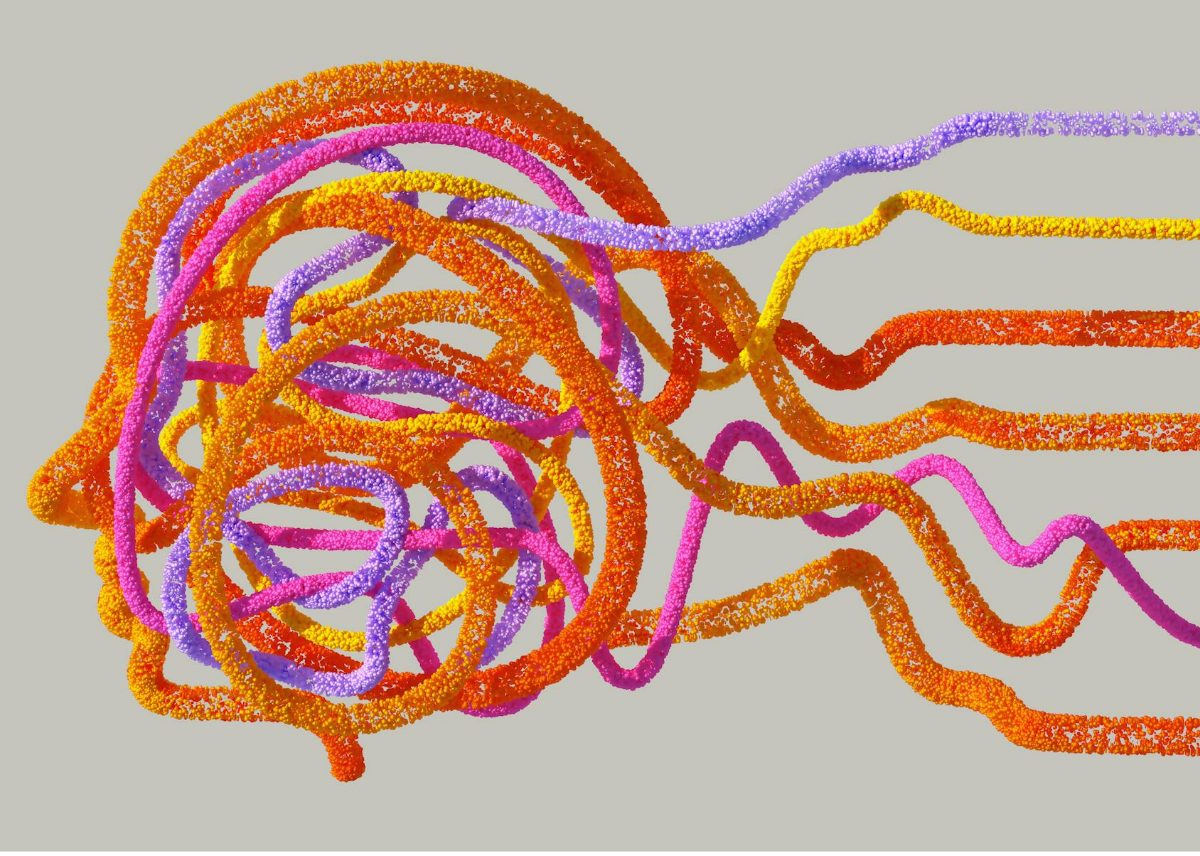
11th June 2025
5 Neuroscience-Backed Leadership Strategies to Boost Team Performance

Understanding the brain’s natural functions can dramatically enhance leadership effectiveness. By aligning management practices with neuroscience, leaders can reduce cognitive overload, foster creativity, motivate teams, and build psychological safety. Five strategies—including prioritization, coaching, and structured rest—empower managers to drive performance and engagement by working with, not against, human brain dynamics.
This articles was written by Amy Brann and published in The Fast Company.
What if the key to being a better manager isn’t found in a new productivity hack, a different feedback framework, or a time management app—but in understanding the three-pound organ inside your head that runs the show: your brain?
Most leadership advice focuses on what you should do. Neuroscience helps explain why some things work—and why others fail, despite your best intentions. When you manage in ways that are aligned with how the brain naturally operates, you unlock better decision-making, motivation, creativity, and connection.
Here are five ways neuroscience can help you manage smarter.
1. Multitasking Is a Myth: Prioritization is Your Brain’s Superpower
The brain’s prefrontal cortex handles focus, planning, and decision-making. But it’s also highly energy-demanding and sensitive to overload. When you spring last-minute requests on your team, surprise them with new deadlines, or pile on urgent tasks, you’re setting their brains up to fail.
Cognitive overload impairs performance. Each unexpected demand consumes energy needed for prioritizing, problem-solving, and creative thinking. When managers protect their people from chaotic, reactive workflows, they preserve their team’s brainpower. This also builds psychological safety and trust.
Try this: Push back on unnecessary urgency from above. Communicate early and clearly about changes. Create space for people to do their best work, not just keep up.
2. Creativity Needs Space (and Structure)
Leaders often say they want innovation, but fail to create the conditions that allow it. The brain’s creative engine—particularly the default mode network—thrives when we’re relaxed, slightly daydreaming, and free from judgment. Yet most work environments reward hyperproductivity and constant urgency.
Creativity requires a balance of exploration and exploitation. Neuroscience tells us that the best ideas often come when we’re mentally alert and engaged, but not overwhelmed; often when we are focused, interested, and under just the right amount of pressure. Constant pressure to be “brilliant now” can actually inhibit insight.
Try this: Build “white space” into your team’s calendar. Walking meetings, unscheduled thinking time, or even mindfulness minutes. Counterintuitively, making time for your people to actively rest may be your easiest to implement, but most impactful, innovation strategy.
3. Coaching Unlocks Neuroplasticity (and Performance)
If your job is to get the best from your people, you need to stop telling and start coaching. Great managers ask the kinds of questions that rewire their team’s thinking. That’s not a metaphor; it’s neuroscience.
Neuroplasticity is the brain’s ability to change. When people reflect, reframe, or develop insight, they’re literally rewiring their neural pathways. Effective coaching conversations tap into this, activating networks for learning, motivation, and problem-solving. And coaching at the identity level (helping people explore not just what they do but who they are) creates deep, lasting change.
Try this: Next time someone brings you a problem, don’t solve it. Ask: “What have you already tried?” or “What would great look like here?” When you practice this, you’re building your colleague’s brain.
Read this article in full here: How understanding how your brain works can make you a better leader







